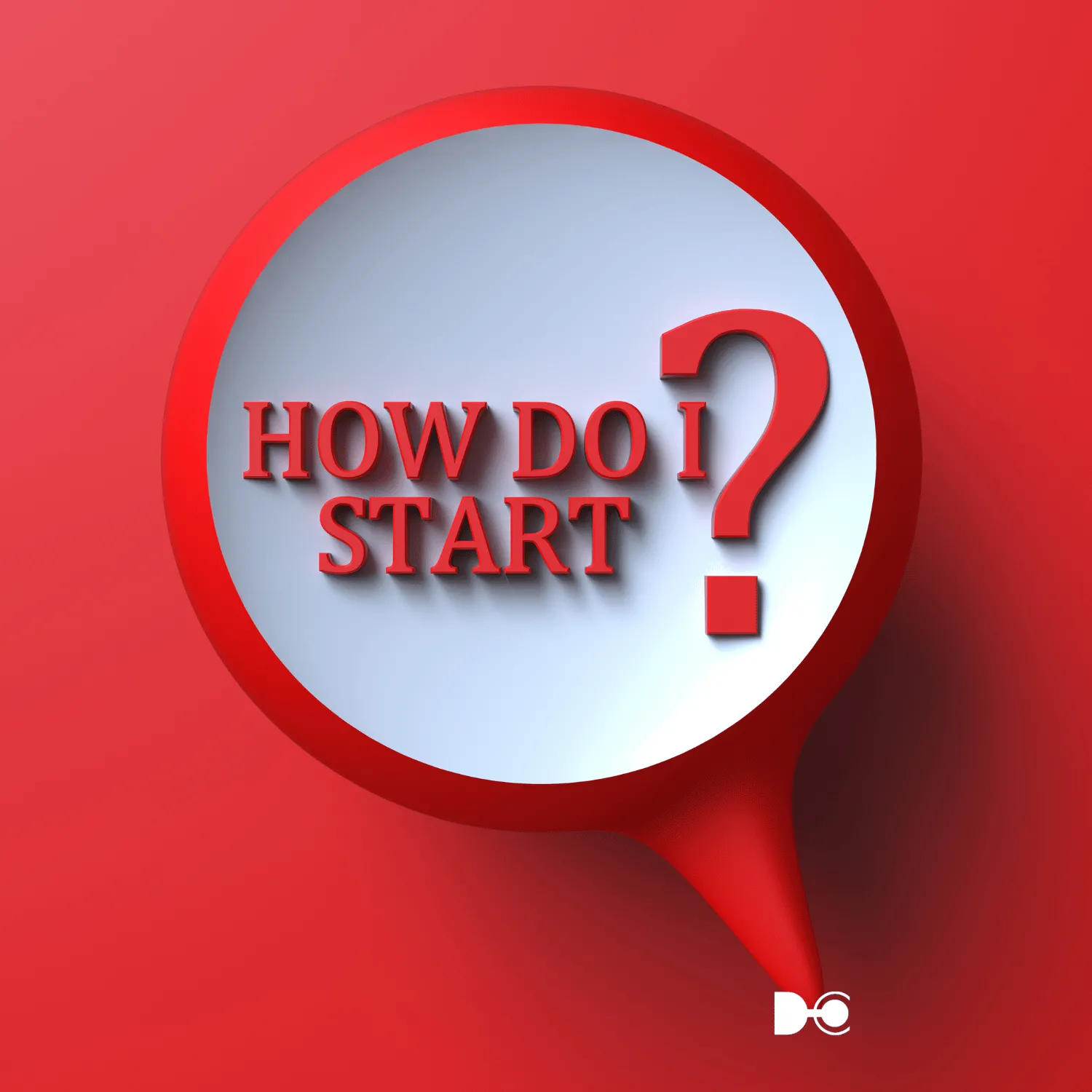Young businesses – high enthusiasm, dynamic, creative and full of fire, but why do young businesses often die young? An article by a business owner who started in 2015, survived the 1st, 3rd and 10th year… not by luck, but by many times almost closing down.

According to the Small Business Administration (SBA), 20% of new businesses fail in their first year. After five years, nearly half have disappeared. And by the 10-year mark—which seems to have settled down—65% of businesses are no longer viable. As someone who has fallen into all three of these “death traps,” I know what it feels like to sink, struggle, and almost sink.
Stage under 3 years: Being absorbed in the product, forgetting to sell
Most startups – including me in the past – fall into the trap of “product is the center of the universe”.
We spent months searching for raw materials, optimizing every design detail, testing formulas, ordering every button, every ink color… with the strong belief that: as long as the product is good enough, customers will come.
But that’s not the case.
- We were exhausted financially, physically, and mentally after the journey of manufacturing, inventing, and tweaking.
- When the product was finished, we were completely stumped on how to bring it to market.
- There was no marketing strategy, no distribution system, and not even a dedicated sales person.
- Everyone was so focused on “doing it right” that no one asked “how to sell it?”

And then, when cash flow dries up, employee salaries can’t be paid, inventory piles up… the business collapses not because of poor products, but because no one knows about it.
Years 3 to 10: Surviving… but no one taught us how to grow
When we got through the first storm, we thought we were okay. But in fact, the challenge was even greater.
- Sometimes we grew too fast, hired more people, expanded branches, ran massive advertising campaigns… but could not control the internal system. Revenue increased but profits were non-existent.
- Sometimes the product still sold well, but we refused to change, did not update the trends – and then a new competitor appeared, doing it better, faster, cheaper.
- Sometimes we – the founders – ran out of energy, lost motivation, even lost direction.
The business started to slow down. Then stagnated. Then… could not continue.

In fact, businesses don’t “die” – it’s the people who make them fail first
After 10 years, I realized: businesses fail not because the market is too harsh, but because the operators are no longer strong enough to fight, refuse to change or don’t adapt in time.
We wanted to give up many times. But each time, I forced myself to sit down, review the business model, relearn how to sell, rebuild the team.
And strangely enough, the business also revived with its own changes.
You have to LIVE – because survival is also a form of success
Entrepreneurship is not a journey of drawing dreams – but a series of days facing reality. If you are in the first year, remember: a good product is not enough – you have to sell it, and sell it long enough to survive.
If you are in the fifth year, ask yourself: am I repeating myself? Is my team still on fire? Do customers still need my product?
And if you are lucky enough to reach the 10th year, congratulations – you have overcome the barriers that cause 65% of businesses to collapse.
But be happy, but not too happy. We wish you more health and strength to continue the journey to the next 10 years.











